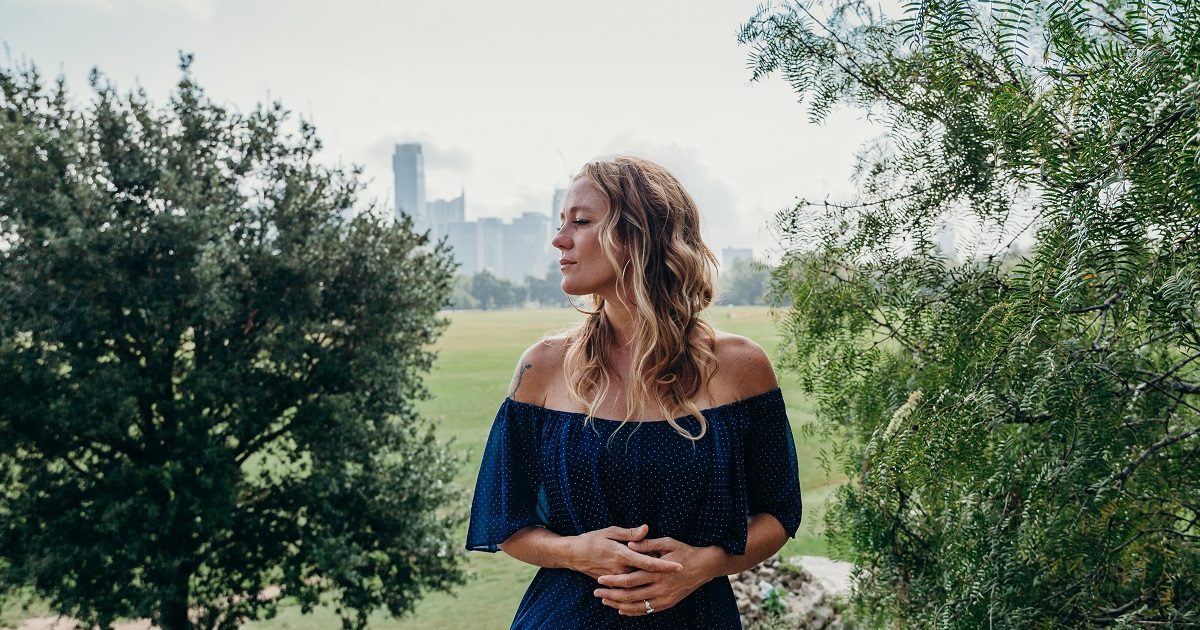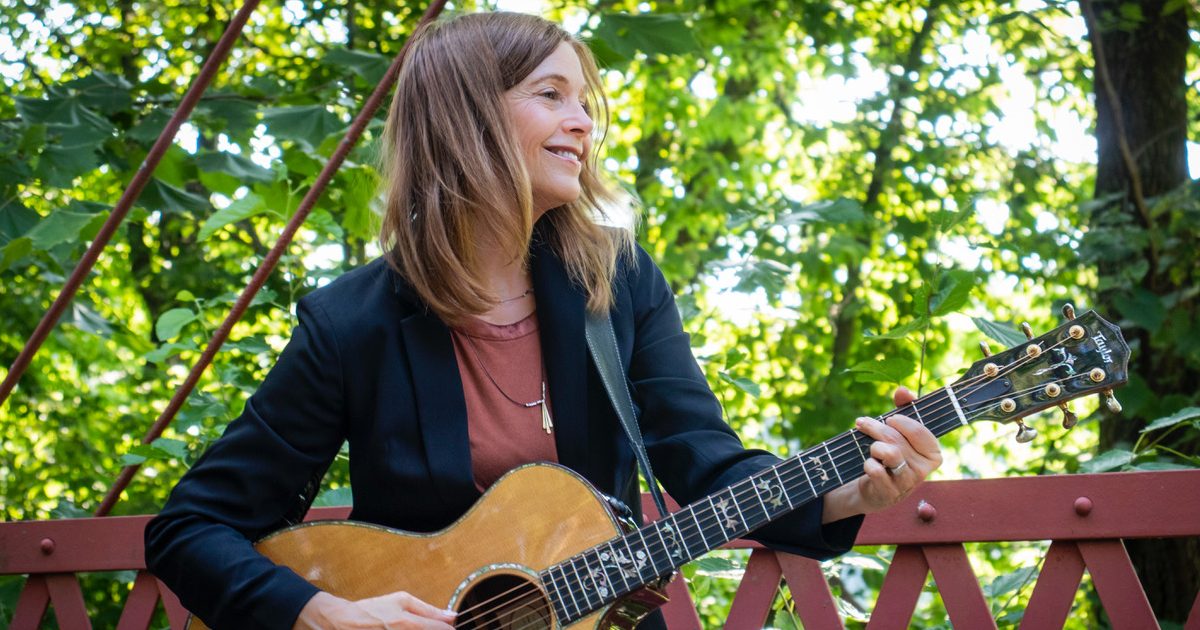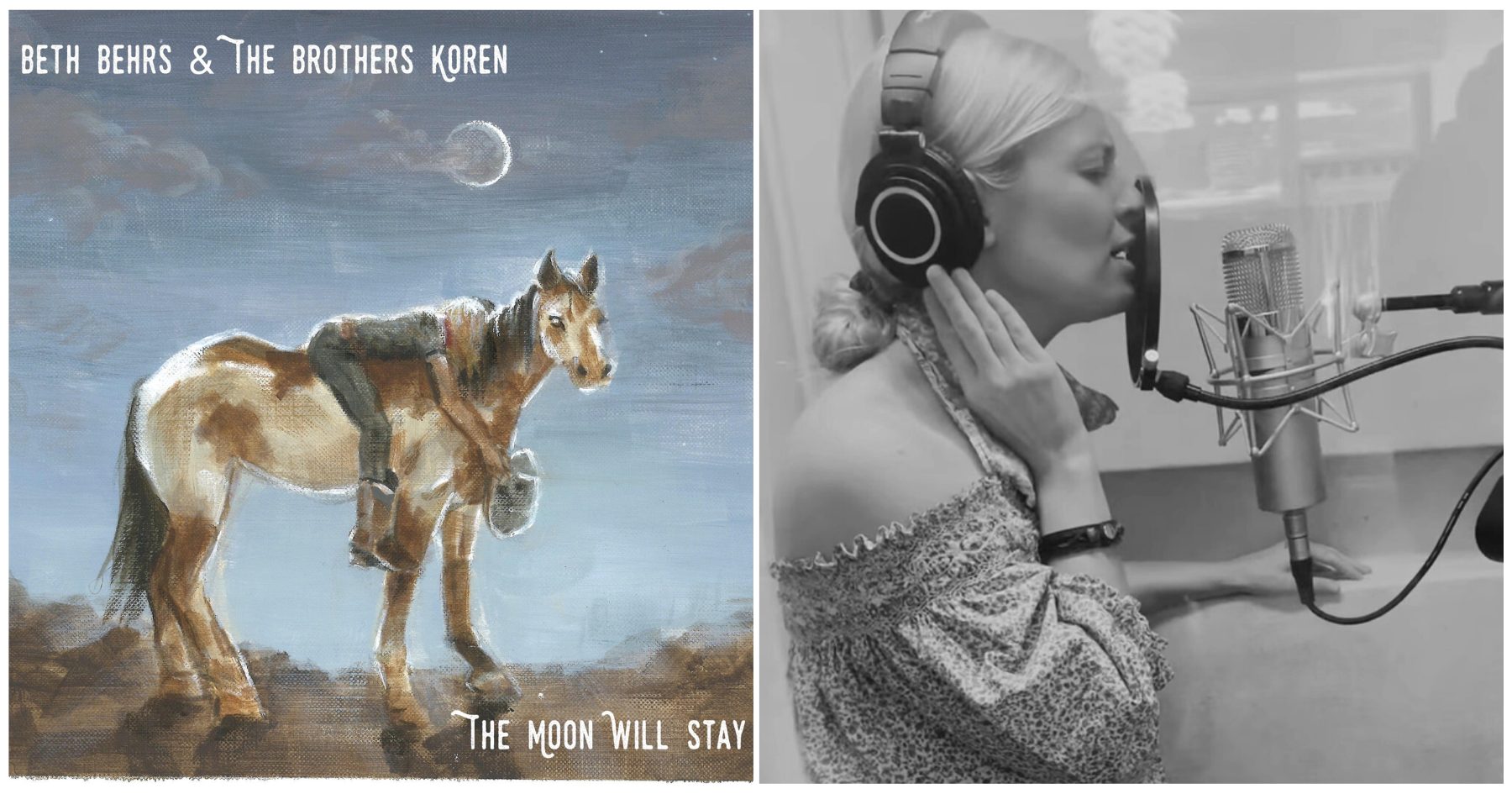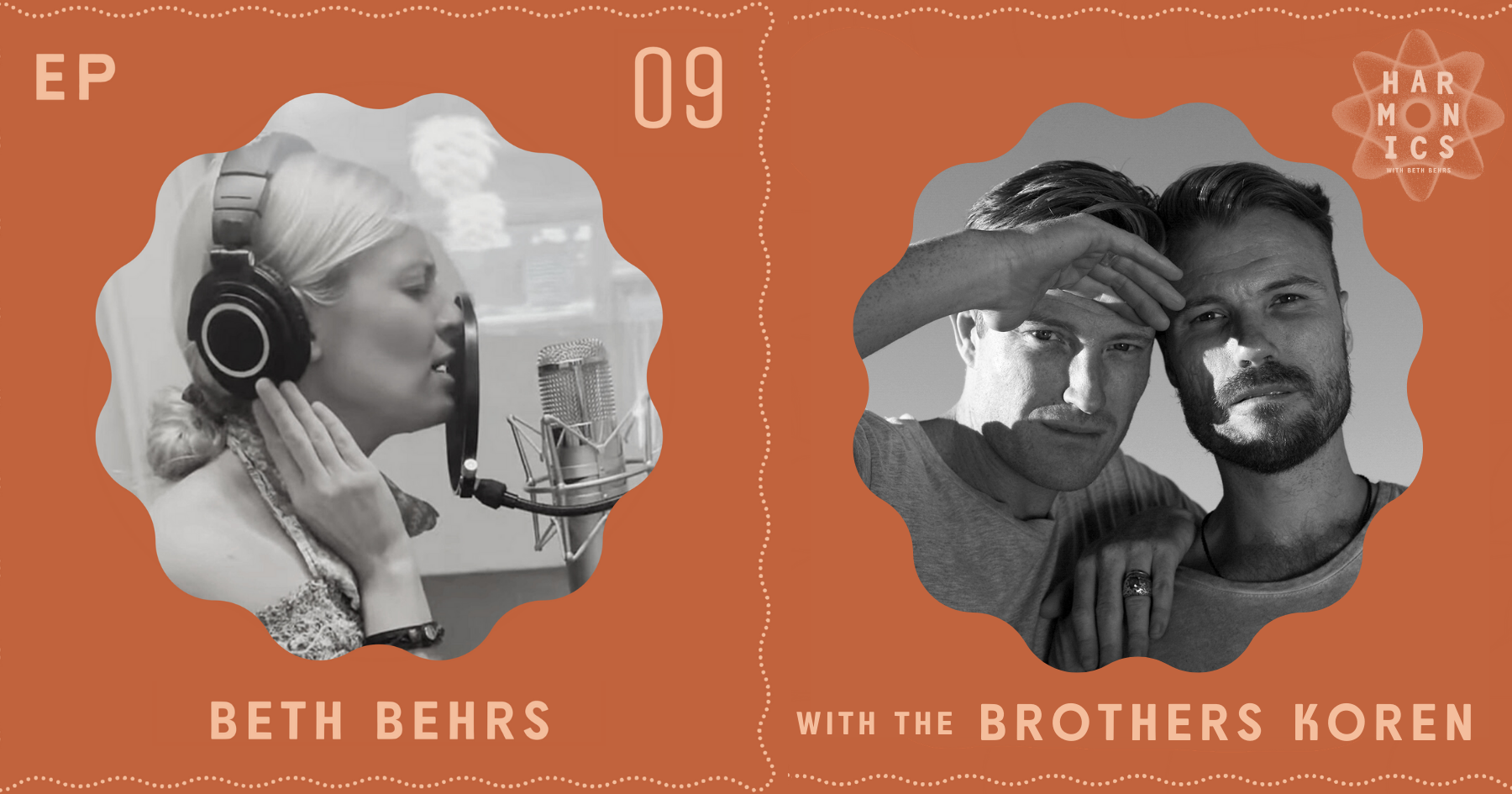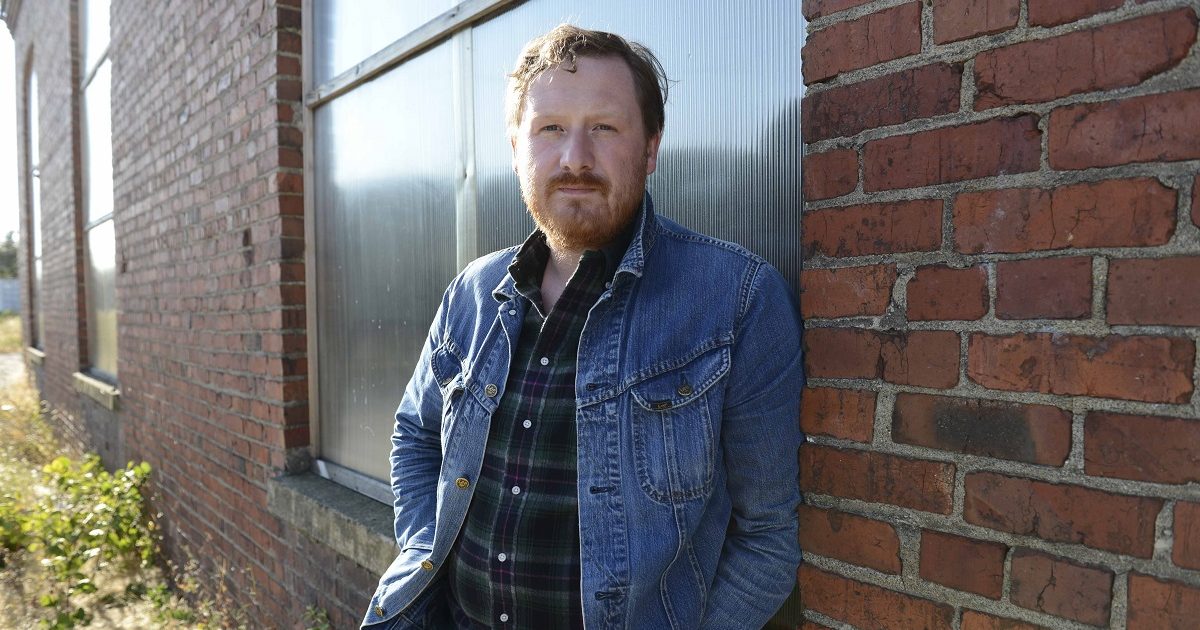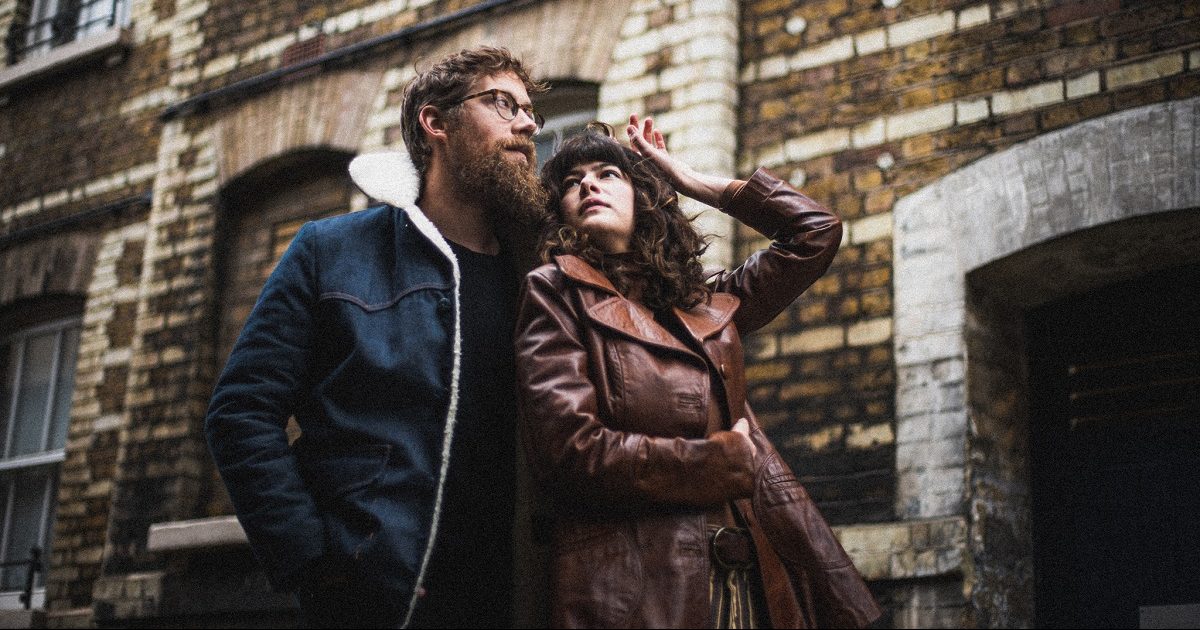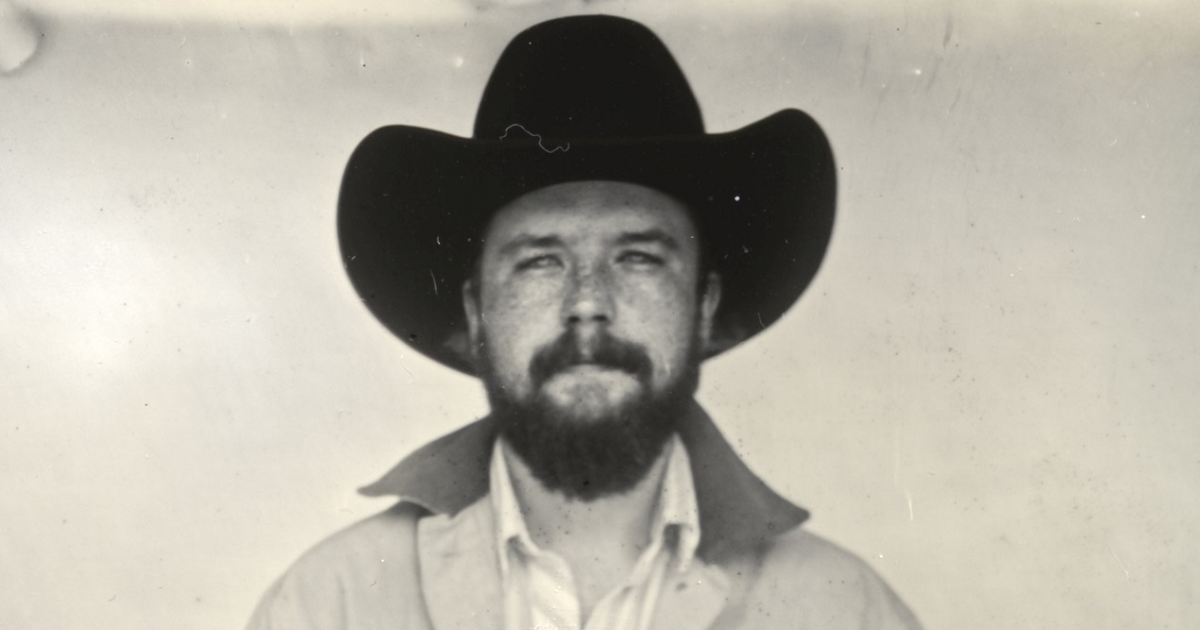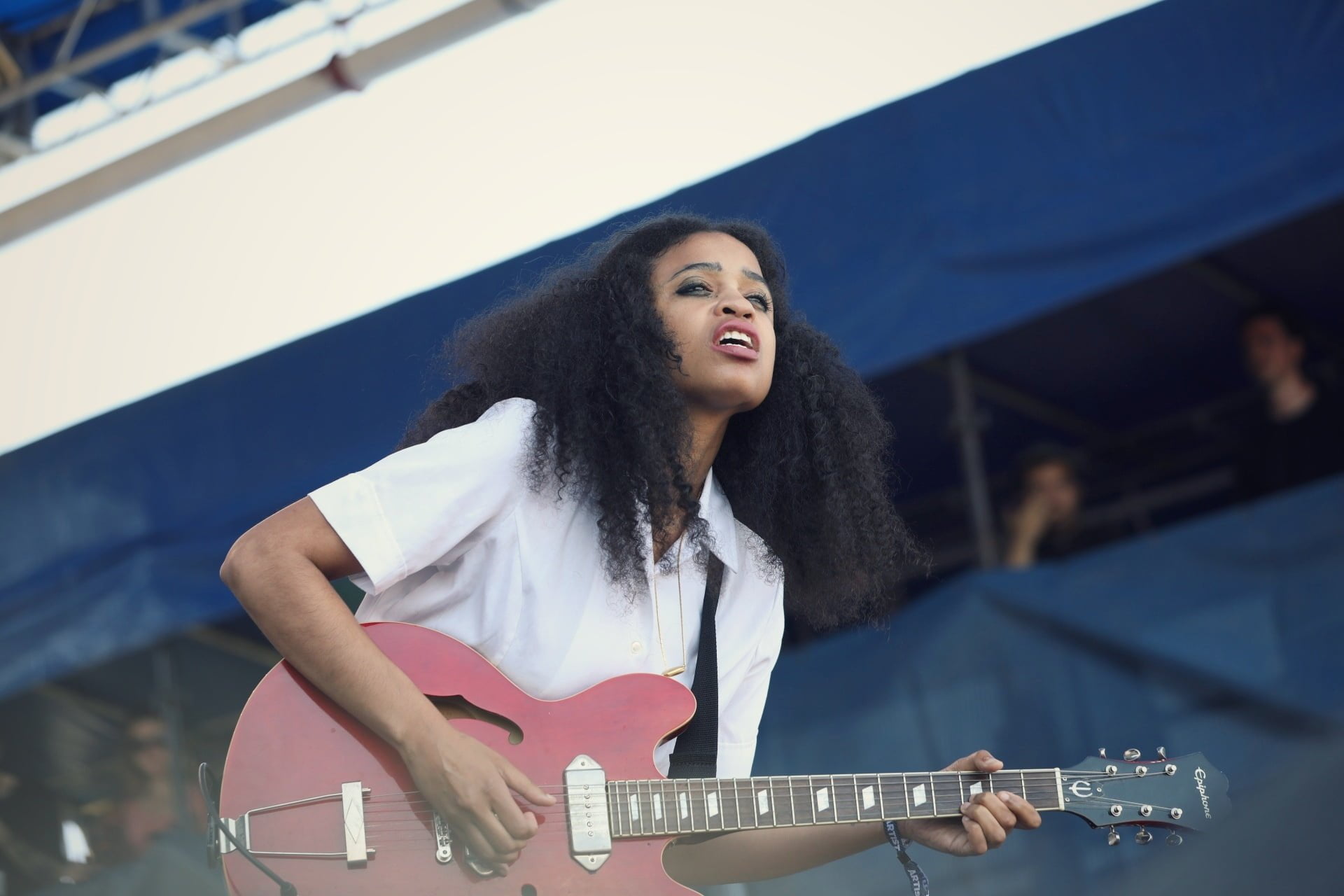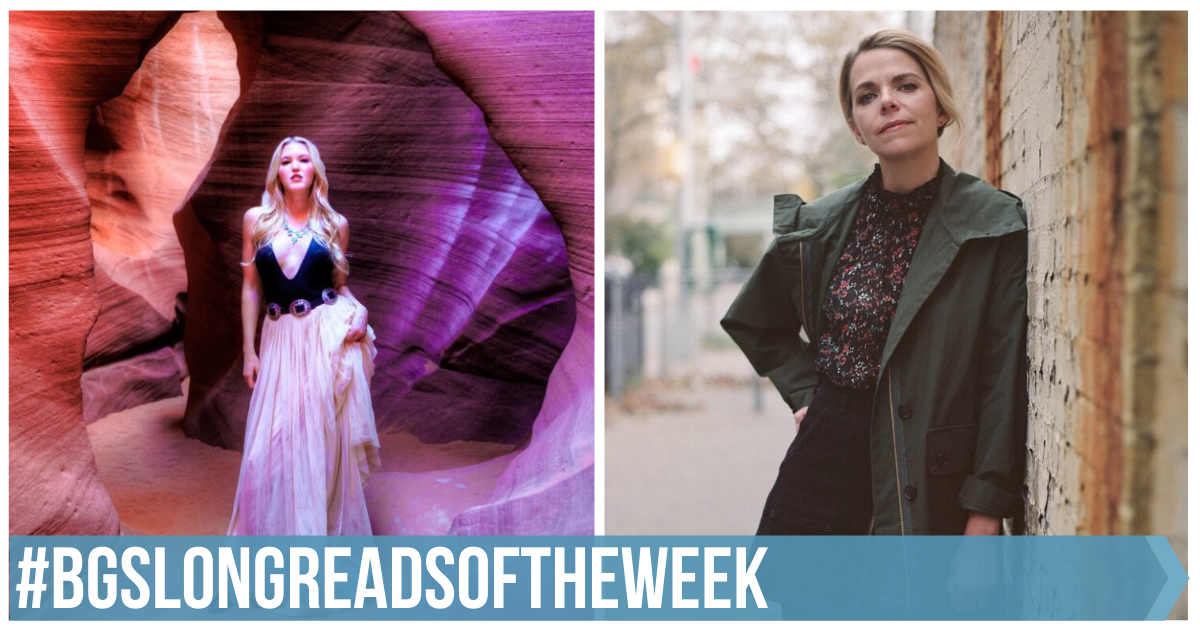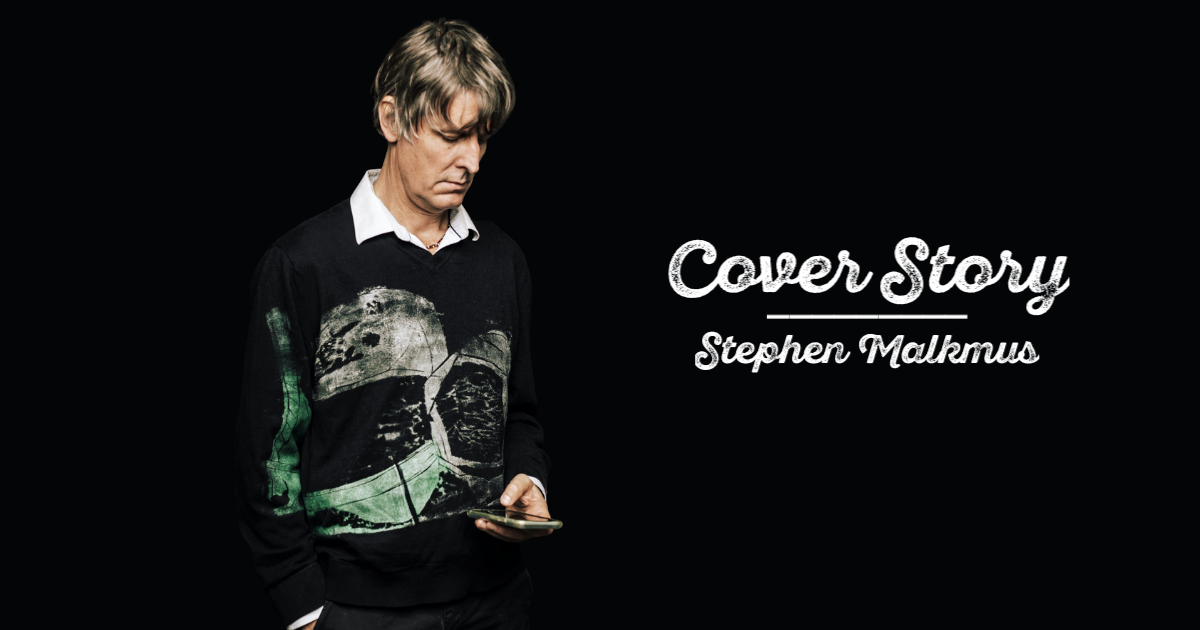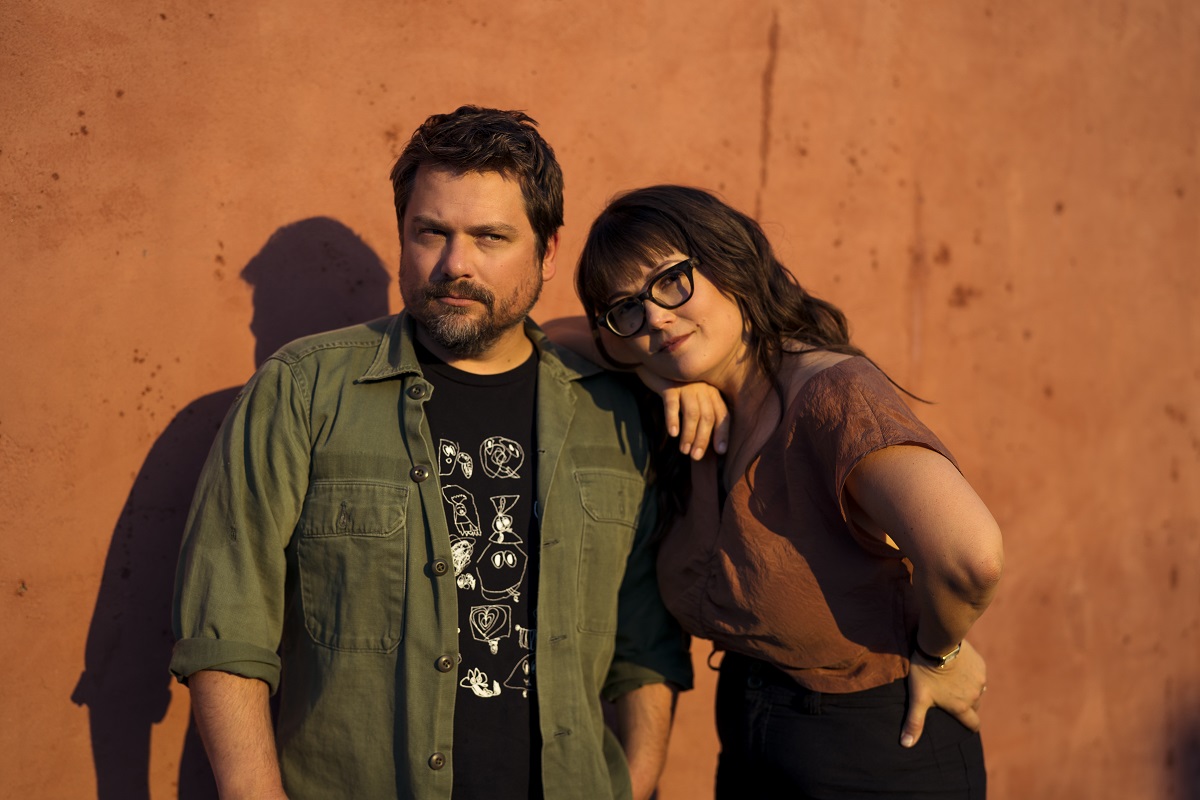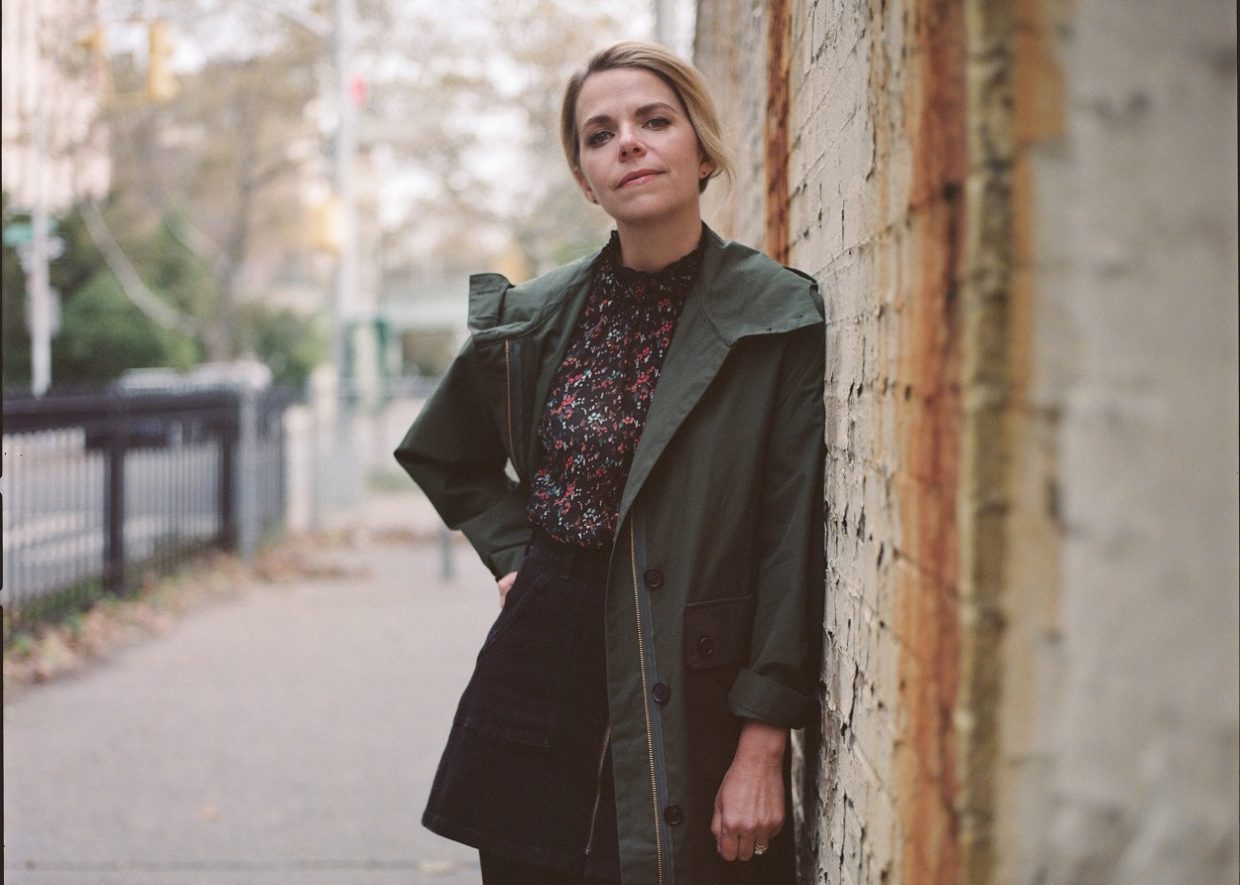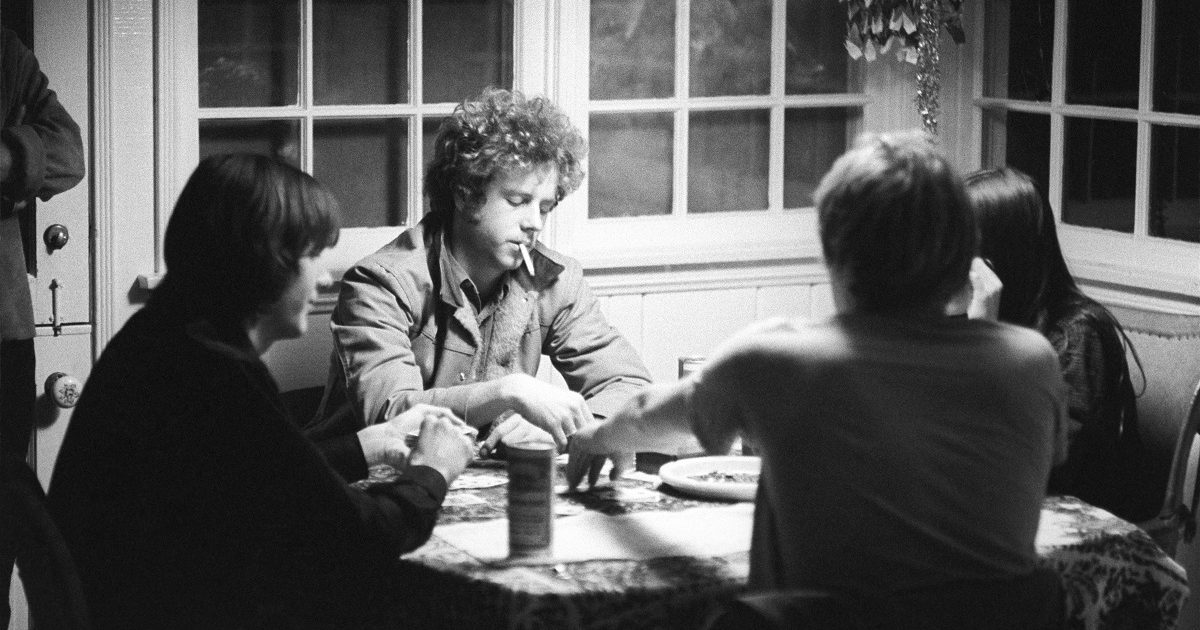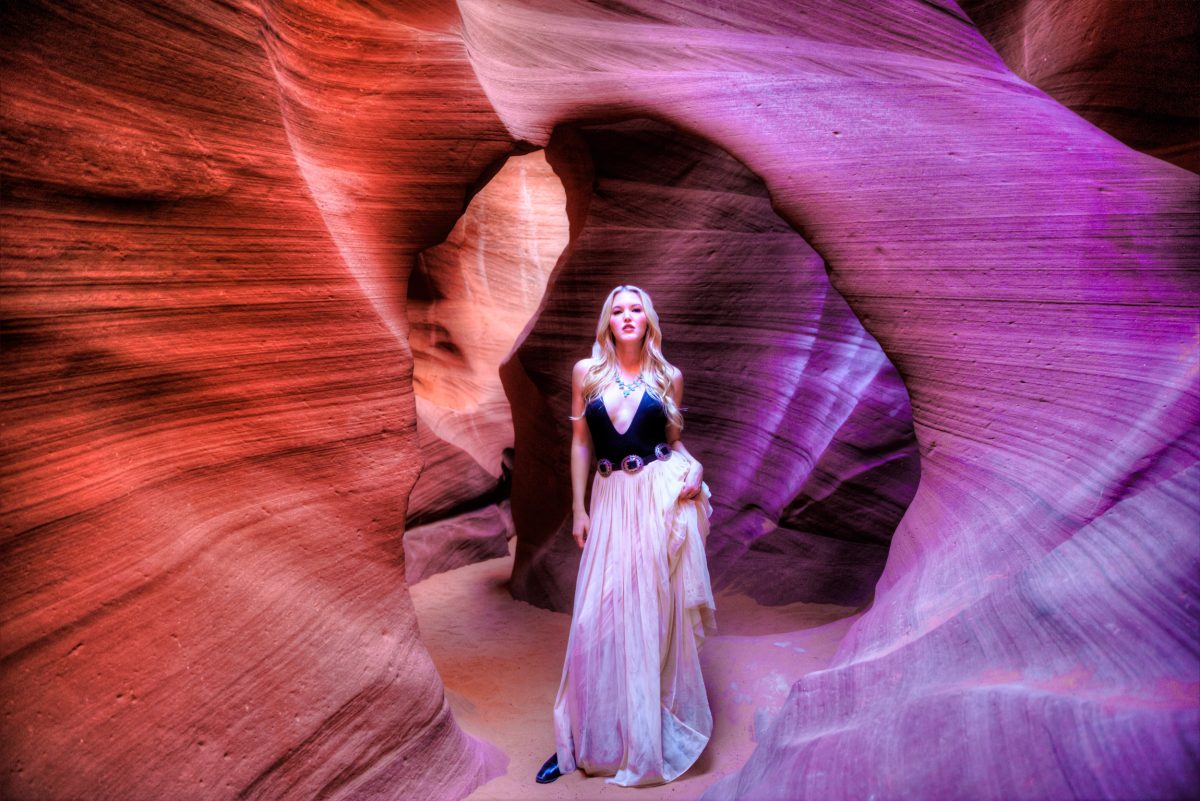Artist: Kelley Mickwee
Hometown: Austin, Texas, by way of Memphis, Tennessee
Which elements of nature do you spend the most time with and how do those impact your work?
All of the elements. Mother Nature, the universe and the natural world are my religion and informs my spirituality, so I’d say nature inspires everything I do. As far as on the daily, I have to do something outside at some point no matter what the weather or where I am or how busy I get. It could be anything, from digging and planting in the garden, pruning, cutting the grass, and watering the plants to taking long hikes with my dog, Moe. If I am in town, you can usually find me at one of our off-leash dog hiking trails with Moe. It’s very centering and really impacts my mental health and general well being. Especially when the sun is shining. And THAT, in turn, gives me the inspiration, energy and right mindset to sit down with a pen or with my guitar to work on a song. Or do anything, really.
How often do you hide behind a character in a song or use “you” when it’s actually “me”?
Not enough. Ha! I learned pretty early on as a songwriter that for me to write the best lines I can, I have to just speak from experience from the first person and be as open and honest as I can or am comfortable. I definitely have many “character” songs about other people or from their stories, especially songs that are co-writes, because then you are sharing a narrative with another writer so who knows how many people/experiences are wrapped up in that one song? But, in general, I tend to write from a first-person experience or relationship. Especially if it’s a song I write alone or start on my own before sharing with a co-writer.
What other art forms — literature, film, dance, painting, etc. — inform your music?
I think as songwriters, we are constantly getting input from all kinds of sources and storing it away for when we sit down to write a song. This could be anything from a conversation we had, or another song we heard on the radio, or a movie we just watched. I have written several songs from quick lines I wrote down while watching a film or a documentary. And I am always searching for inspiration and guidance from poetry, especially lately. I took an online poetry course in 2020 and it really gave me some new tools to use when writing lyrics.
Since food and music go so well together, what is your dream pairing of a meal and a musician?
This one was easy! A locally sourced vegan meal in London with Paul McCartney. I am actually a pescatarian who doesn’t eat or drink dairy, so not technically a vegan. But…when in London with Paul McCartney!
What’s the toughest time you ever had writing a song?
Every time! It is not easy for me to complete a song. Very very rarely do they just roll off the end of my pen, or float down from the sky, just waiting to be written down. I have many songwriter friends who have story after story of songs just spilling out of them and it makes me envious of that feeling. I do have one maybe two that came out, say, in a day. But even those were painful and agonizing at times. Like finishing a thesis that’s due the next day. Gosh! That sounds awful. I just mean, I want every line to count and be the best line it can be and as honest and original as possible. I think that’s where the good stuff lives. And so, if it takes me a bit longer to get there, so be it. Because the end result, a song I am proud of and can’t wait to sing, is SO sweet and rewarding, in all of the ways.
Photo credit: Taylor Prinsen
